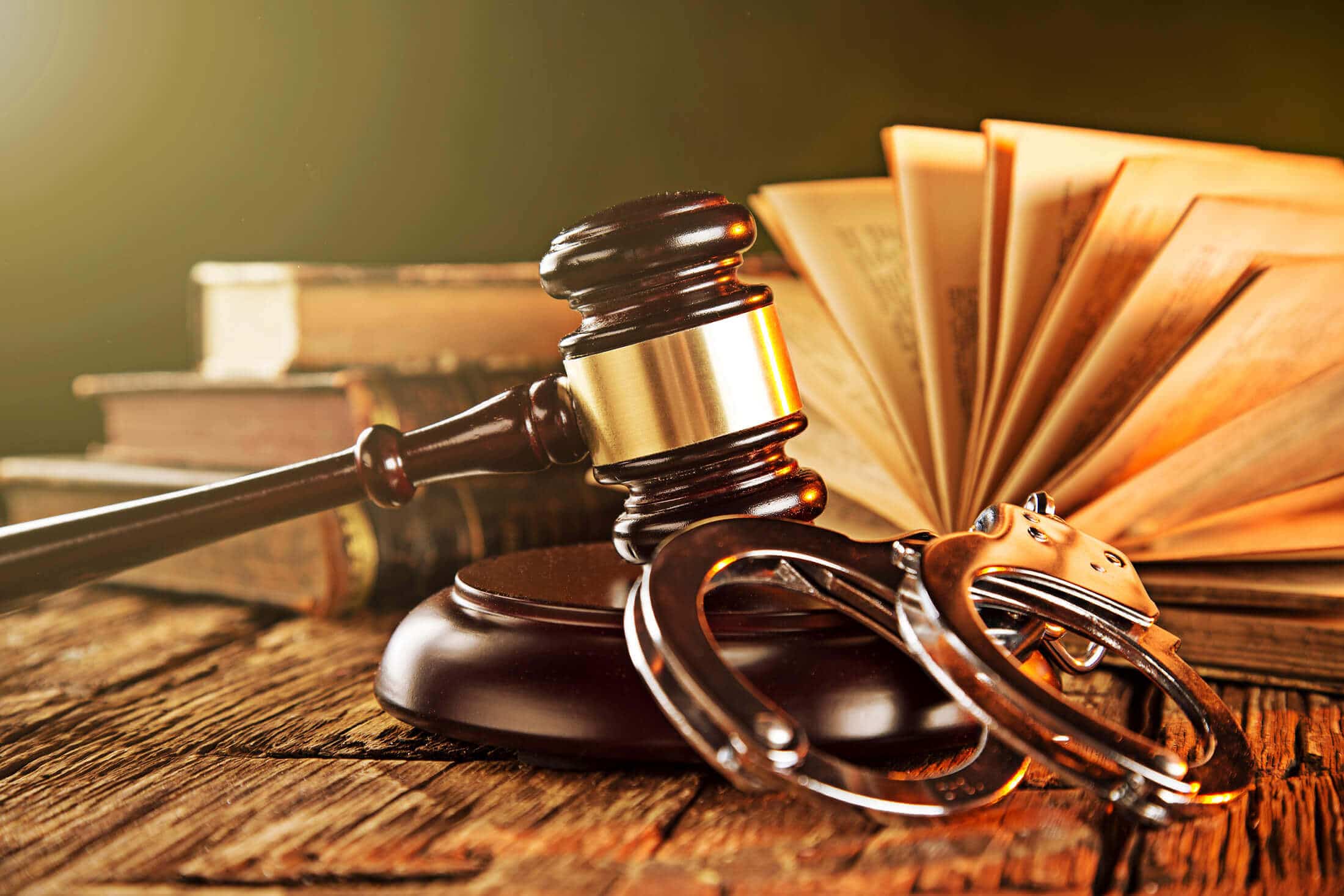What Personal Injury Damages Are Recoverable In California?

Personal Injury
When an accident occurs in California, it can be helpful to find out which damages are recoverable for victims and which are not. California has specific laws regarding economic damages, non-economic damages, and caps for the amount of damage that one can collect.
This article will discuss which damages California determines are recoverable after a personal injury accident.
Compensatory vs. Punitive Damages
Compensatory damages cover monetary losses for the victim during a personal injury case in California. These are different than punitive damages, which are assigned as a form of punishment for the defendant so that others can also be discouraged to commit the same crimes.
There are two types of compensatory damages for an injury or accident that occurred in California:
- Economic damages (for example, medical expenses or property damage)
- Non-economic damages (such as a reduced quality of life or suffering and pain)
Economic Personal Injury Damages in California
Any economic damages are the ones that have a corresponding value amount that can be easily quantified. These expenses are the ones that the victim might have had to pay out of pocket. “Economic damages might include property damage, lost capacity to work and earn an income, and medical bills, among others. Instances with dangerous road conditions or DUI drivers can directly impact the amount of damages,” explained Sherry Cross, attorney at Simmrin Law Group.
Non-Economic Personal Injury Damages in California
Other damages that victims can incur after a personal injury in California are the ones that are still serious but are slightly more challenging to quantify. These losses can include emotional distress, physical impairment, suffering and pain, decreased quality of life, inconvenience, and physical damage (such as the loss of a major organ).
In California, drivers without insurance are not eligible to recover non-economic damages for pain and suffering, even if they were not the ones who caused the accident. However, there is an exception to this law.
If another driver in the collision was under the influence of alcohol or drugs and is convicted of a DUI, then the uninsured motorist can be permitted to collect non-economic damages (California Civil Code section 3333.4).
Damage Limits in California
Typically, California doesn’t cap compensatory damages when someone was hurt in a personal injury situation. The judge or jury may grant any sum that they feel is reasonable and fair.
However, medical malpractice situations are an exception to this rule because there is a limit of $250,000 in California cases for suffering, pain, and non-economic damages (California Civil Code section 3333.2). This limit exists and was made constitutional by the California Supreme Court regardless of how many defendants and how severe the injury was. In these situations, plaintiffs can still seek formal legal action based on other legal theories (battery, violation of liability regulation, or a contract breach).
Strict Liability in California
Some instances take more weight than others in the Golden State. When a dog attacks or bites an innocent person, their owners are strictly liable according to California Civil Code section 3342.
The statute says that the victim wouldn’t even need to prove negligence if they were bitten in a public area or they were lawfully occupying a private residence. There doesn’t have to be any previous knowledge of the viciousness to file charges. Other states do permit a “one bite” law, which offers more protection for the dog owner.
In summary, the laws regarding personal injury in California delineate that most damages can be recovered for the victim, but some cannot.
Uninsured motorists cannot receive damages from an accident, even if the other party is responsible. Additionally, medical malpractice situations are one of the scenarios according to California law that has a damage cap. Ultimately, being aware of the injury laws for your particular state helps you to prepare effectively so that you can be on the path to recovery faster.





